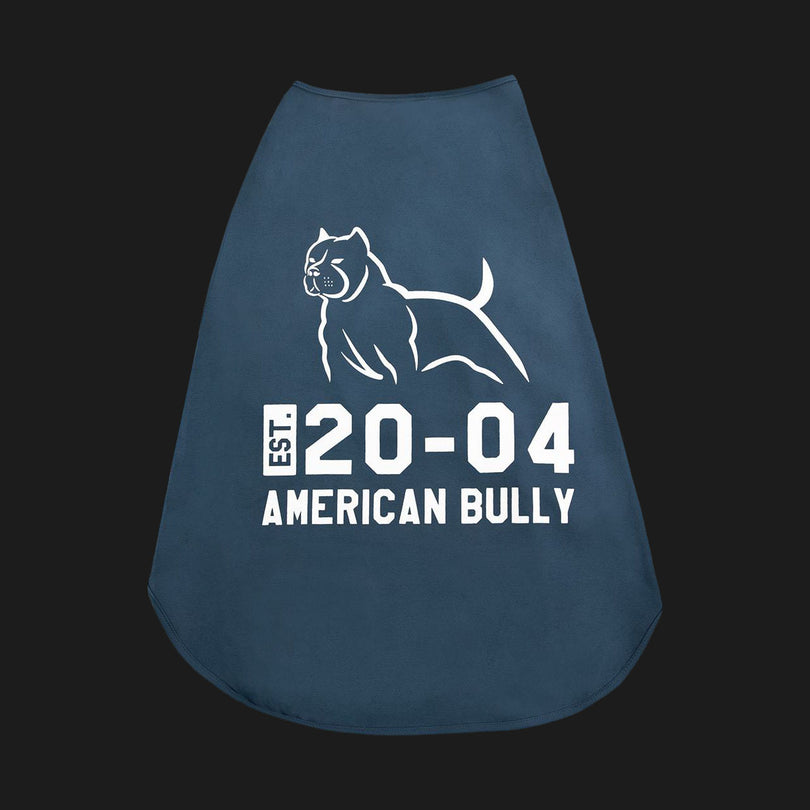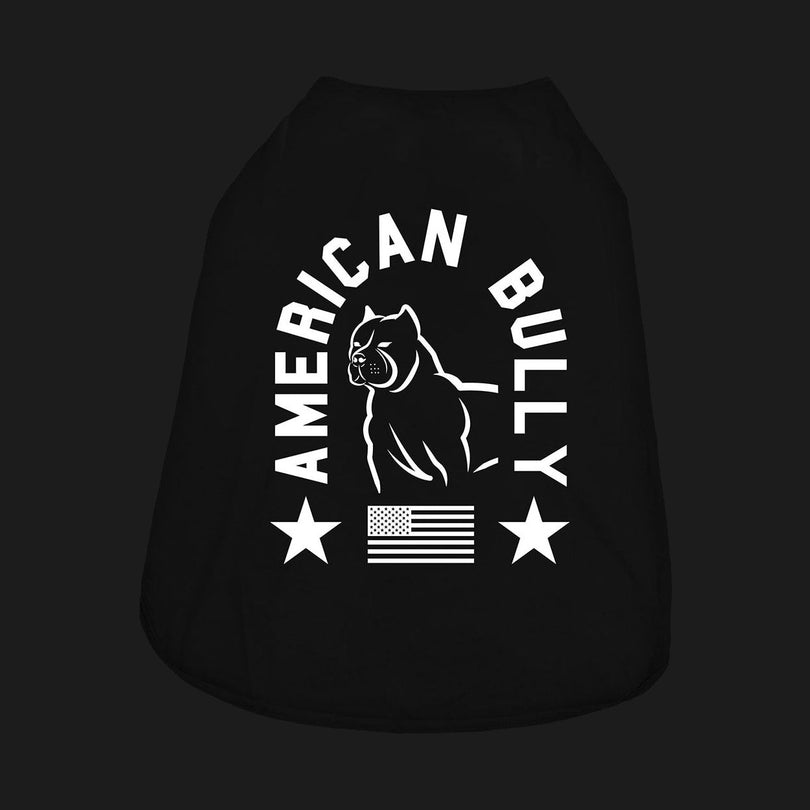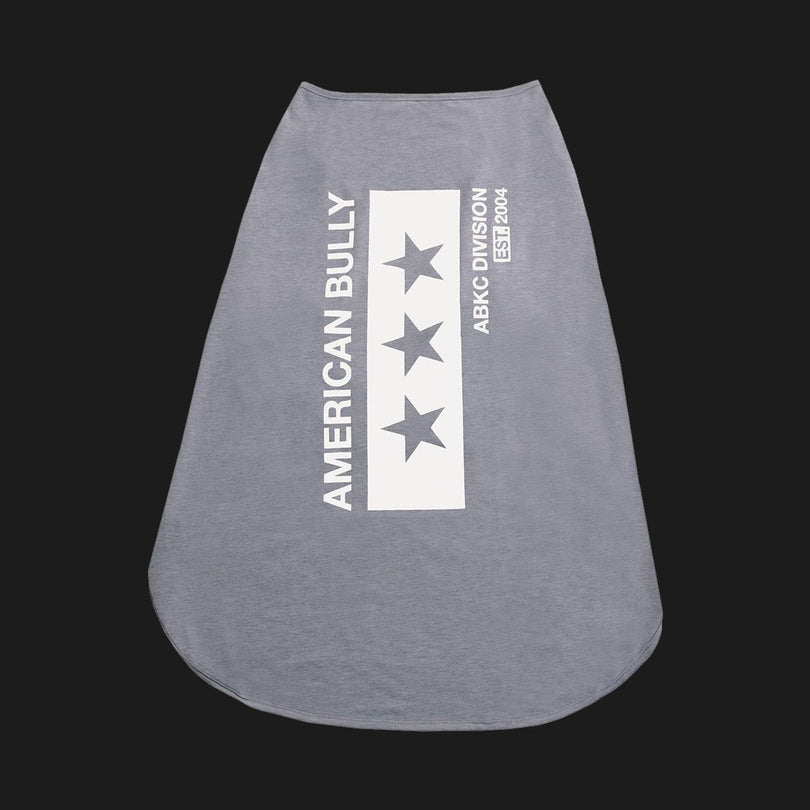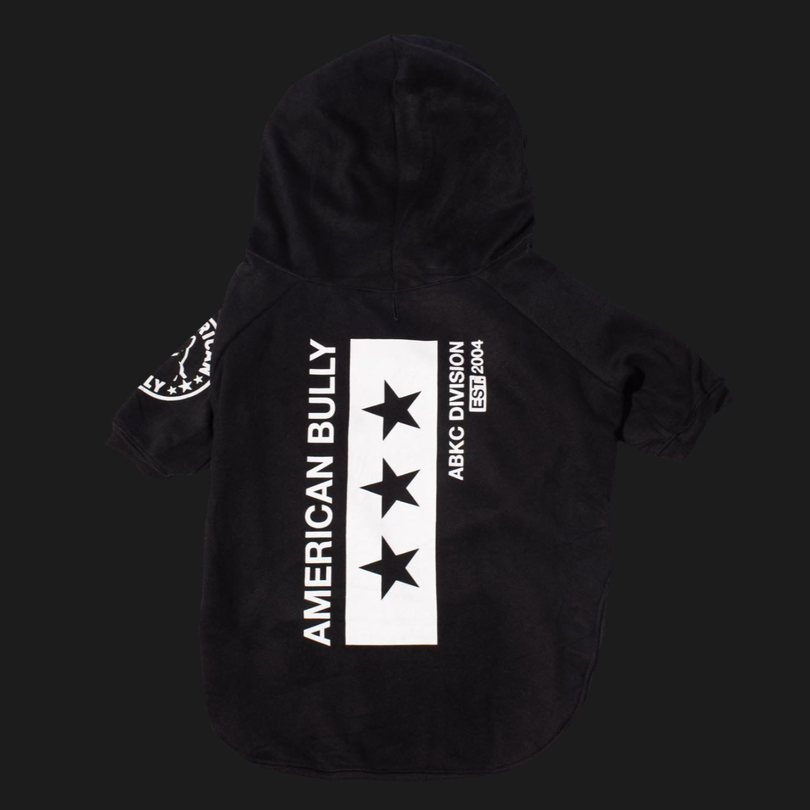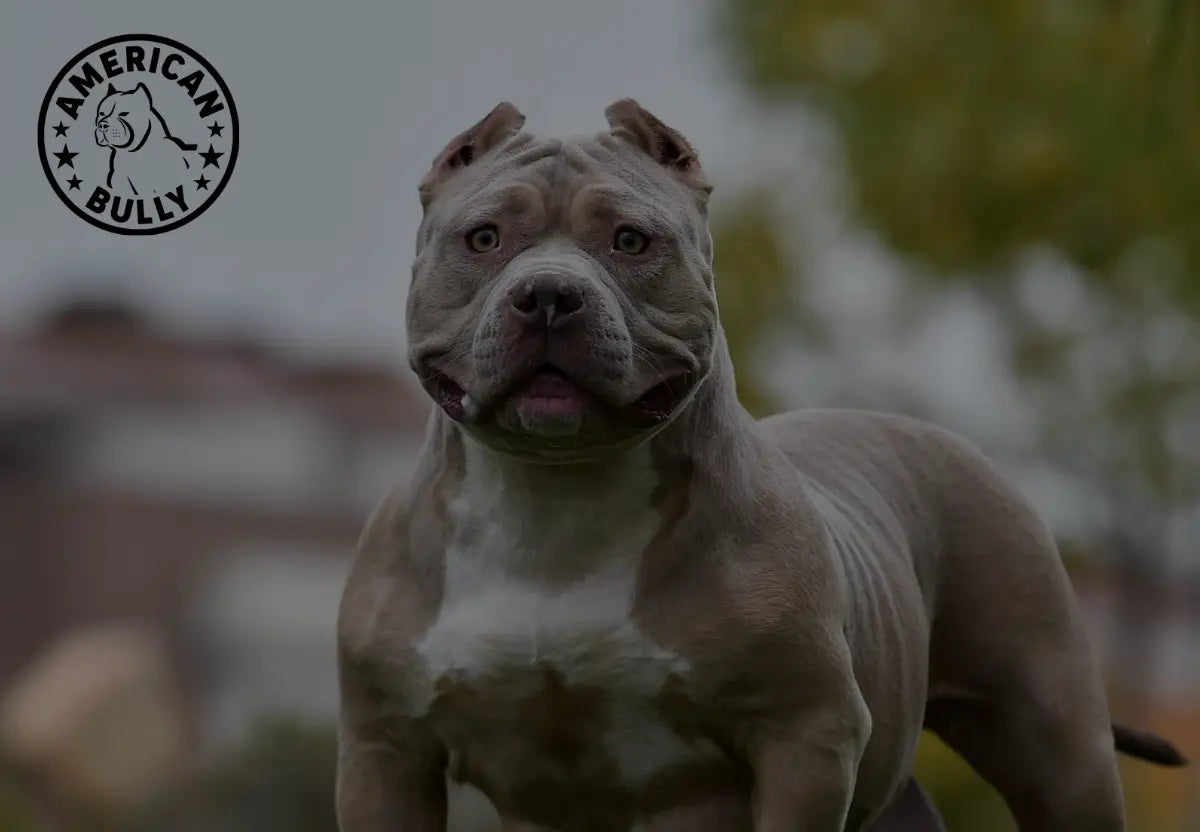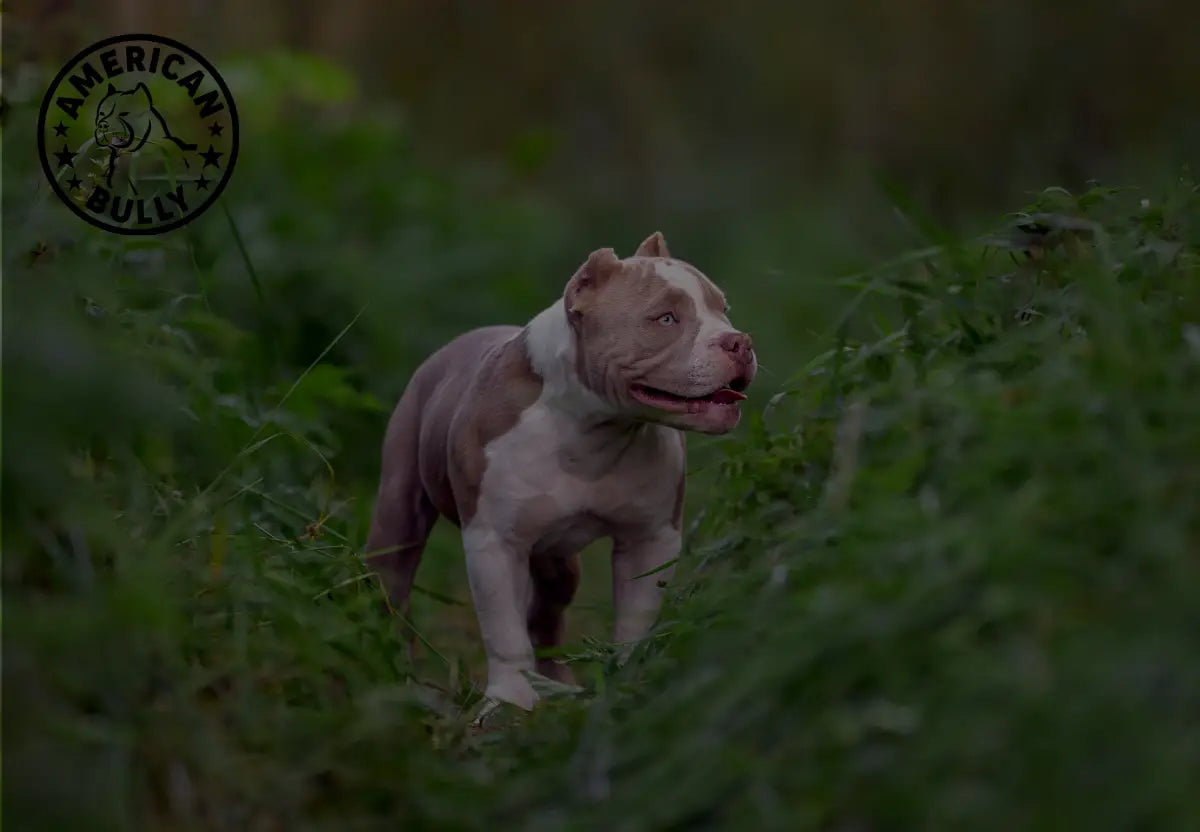Dock diving (also called dock jumping) is a thrilling dog sport where dogs leap from a dock into water, competing for distance or height. It’s a wonderful way to build strength, coordination, and confidence. For muscular breeds like the American Bully, dock diving can be a fun challenge—if handled carefully. In this article, we’ll guide you from puppyhood to competition readiness: training phases, safety considerations, conditioning, and programming.
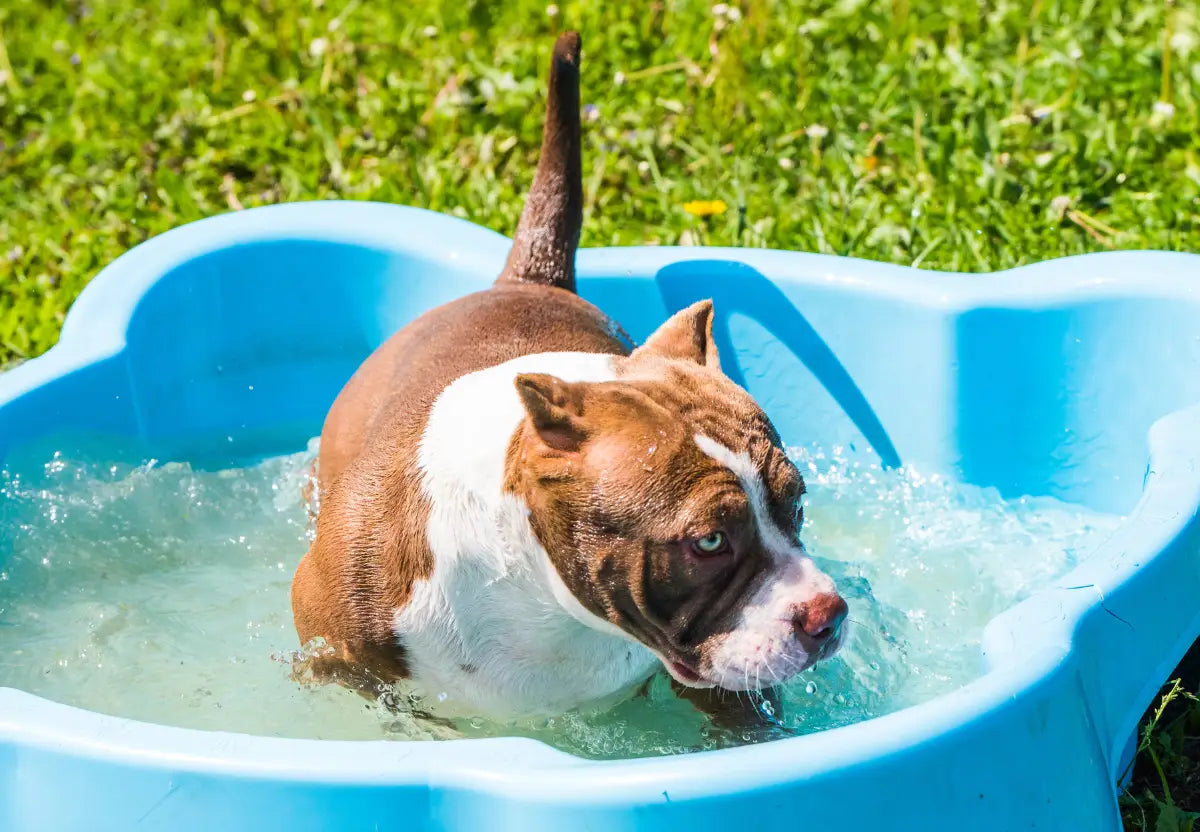
Why Dock Diving for a Bully?
-
Great full-body workout
-
Builds explosive power and coordination
-
Fun challenge and mental enrichment
-
Strengthens the bond between you and your dog
However, because American Bullies can carry a lot of muscle and mass, careful progression is crucial to avoid injury.
Special Considerations for Bullies
-
Joint stress & growth plates
Pups must wait until bones mature (often 12–18 months) before doing high-impact jumps. A common forum guideline: “keep your pup light until 18 months … avoid any jumping on/off objects … limit activity on slippery surfaces” Reddit -
Body proportions
Their short legs and heavier chest can affect their jumping style; focus should be on technique, not just brute power. -
Joint & ligament support
Using warm-up, structured training, and perhaps joint supplements (as approved by your vet) helps preserve longevity.
Training Phases
Phase 1: Foundation & Water Confidence (Puppy to ~6–9 months)
-
Introduce water gradually: shallow wading pools, calm conditions.
-
Play fetch into shallow water to build positive associations.
-
Work on basic obedience (sit, stay, recall) on land and pool edges.
-
Build core strength with low-impact exercises: controlled walks, gentle hill climbs, balance games.
Phase 2: Introduction to Dock (9–12 months)
-
Start on low docks or platforms just a few inches above water.
-
Use toys or lure to coax your Bully to step or jump a foot or two.
-
Encourage jumping over shallow water before full dive.
-
Continue strength training: controlled/safe tug, bodyweight exercises, balance boards.
Phase 3: Progressive Jumping (~12–18 months)
-
Gradually increase dock height or distance, always monitoring for signs of strain.
-
Use mats or traction surfaces to avoid slipping.
-
Incorporate plyometric exercises (small hops, mini jumps) on safe surfaces.
-
Rest and recovery are critical—rotate jump days with rest or low-impact days.
Phase 4: Competition Preparation (18+ months)
-
Train under competition conditions: same dock, same water depth, environmental distractions.
-
Practice approaches, take-offs, and landing techniques.
-
Use video to analyze form and technique.
-
Mental conditioning: simulate crowds, varying weather, distractions.

Sample Training Schedule (for mature dogs)
| Day | Focus | Exercises |
|---|---|---|
| Monday | Strength | Resistance walks, core exercises, balance boards |
| Tuesday | Technique | Short jump reps, form drills |
| Wednesday | Rest / low-impact play | Swimming, gentle fetch |
| Thursday | Volume | Multiple allowed jumps with rest between |
| Friday | Conditioning | Plyometrics on safe ground |
| Saturday | Practice | Full dock + approach work |
| Sunday | Rest / recovery | Massage, mobility, light walks |
Always warm up 5–10 minutes and cooldown after work.
Key Technique Tips
-
Approach consistency
A straight, confident run aids distance and safety. -
Take-off posture
Use hind quarters power; avoid weak or crooked launches. -
Dive form
Aim for flying posture rather than “belly flop.” -
Entry & exit
Train your Bully to exit ramp or ladder quickly.
Video recording is extremely useful to spot mechanical flaws early.
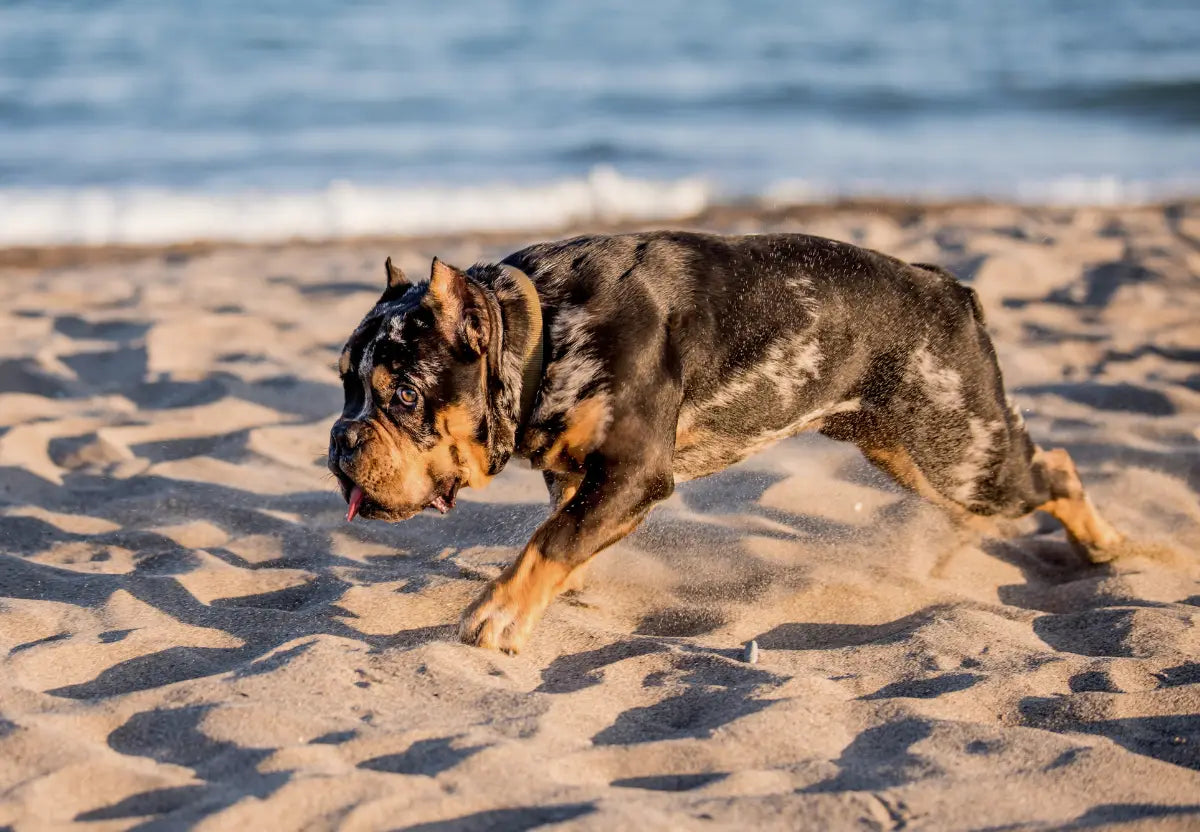
Preventing & Managing Injuries
-
Always monitor for limping, swelling, fatigue, or reluctance.
-
Use joint-safe surfaces, mats, and traction.
-
Cross-train with swimming (low impact).
-
Ensure nutrition supports recovery (see article #6).
-
Provide rest cycles every few weeks: “deload” weeks with reduced volume.
-
Work with a vet or canine sports specialist if signs of strain appear.
Competing & Logistics
-
Join local dock diving clubs or events to get exposure.
-
Get your dog accustomed to the meet environment: crowds, noise, surface types.
-
Know the rules: class divisions, height limits, safety requirements.
-
Start in low-tier competitions to gain experience.
-
Use the performance feedback to inform training adjustments.
Final Thoughts
Training an American Bully for dock diving is a journey of patience, strength building, and technique. Because of their muscular physique, Bully dogs can excel if given the right progression and care. Don’t rush—respect their joints and growth timeline. Celebrate small gains and keep training safe, fun, and positive.

